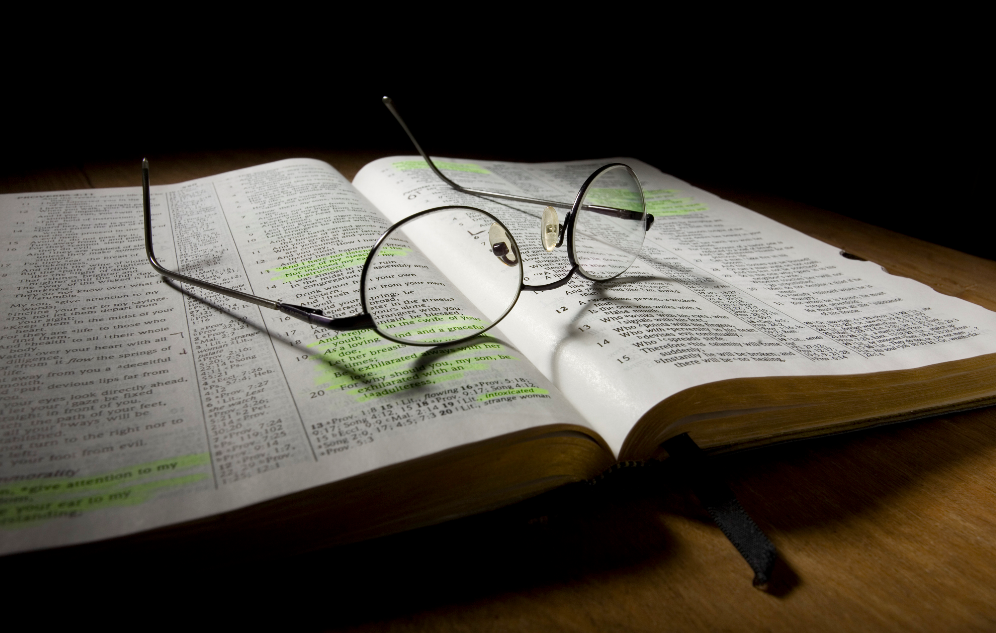By Sam E. Stone
The first part of the book of Nehemiah describes the rebuilding of the walls and gates of Jerusalem. This was completed. Today’s text tells about the dedication ceremony of the rebuilt walls that followed. Chapter 12 lists the priests and Levites who had returned to their homeland and now will participate in this joyful occasion. Likely both the Levites and the priests who lived outside Jerusalem were assigned a normal rotation of duties in the temple. On this special occasion, however, additional arrangements were made.
Dedication Preparation
Nehemiah 12:27-30
For years the Levites had been assisting the priests in serving at the Lord’s temple. They purified the sacred things and performed other duties (see 1 Chronicles 23:28-31). Providing music was an important part of their service. Singers from the area were selected for this occasion (Nehemiah 12:28). In addition, the music of cymbals, harps, and lyres were included. (See 1 Chronicles 15:16; 25:1 for what was done in King David’s time.)
The event was celebrated with great vocal and instrumental music. James E. Smith notes, “Purification rituals were performed both for these Levites and for the wall and its gates. On the analogy of 2 Chronicles 29:29, this probably was done by offering sin offerings and burnt offerings.” All of this led up to the central part of the service—a procession of two bands of singers upon the wall (Nehemiah 12:31-42).
Dedication Participation
Nehemiah 12:31-38
Nehemiah writes again in the first person here as he explains what took place. The starting point for the two groups is not named, but many Bible scholars think that it was likely the Valley Gate. It faced west and overlooked the Central Valley next to the City of David (the oldest section of Jerusalem).
The “main attraction” of the day was the walking along the walls. The leaders and musicians were divided into two groups to give thanks—one going with Ezra, the other with Nehemiah. The participants started in opposite directions around the circuit of the wall (12:31-42). The wall was wide enough for people to walk on it easily. (It was at least nine feet in width, according to one archaeologist.)
Keith Schoville calls the processions “a celebration of the completed work and as such a stimulus to thanksgiving and a means of commitment, dedication, of the whole to God. The chanting of such psalms as 48 (especially vv. 13-14) and 147 would have provided an appropriate accompaniment.”
Many of the distinguished group of priests and Levites who led in this service are named in the text. These worship leaders were accompanied by Ezra, who led one procession, and by Nehemiah, who accompanied the other group walking at the rear. (“I followed them on top of the wall.”)
The writer lists the various musical instruments used in this time of praise and celebration as well. The priests specifically are named as those who blew the trumpets (note also Ezra 3:10). These trumpets are not shofars (ram’s horns) but metal instruments (see Numbers 10:8; 31:6; 1 Chronicles 15:24; 16:6.) The expression musical instruments prescribed by David the man of God may include other instruments in addition to those listed above (Nehemiah 12:27). Some that might have been included are the flute (see 1 Kings 1:40; Isaiah 30:29) and timbrel or tambourine (see Psalm 81:2; 149:3; 150:4).
Dedication Praise
Nehemiah 12:43
The dedication service included great sacrifices as well. While special sacrifices were not required at such a ceremony, they were nonetheless generously given. Such generosity is normal for God’s people! The apostle Paul commended the Macedonian Christians for their generous giving, even when they were actually quite poor (2 Corinthians 8). The apostle explained that “they gave themselves first to the Lord and then to us in keeping with God’s will” (v. 5, NIV 1984). The people of Israel did the same.
Ezra had led them in a time of repentance and rededication. Nehemiah had led them in restoring the temple and the Jerusalem wall. Their generosity confirmed their dedication. As at the earlier celebration (Ezra 3:13; 6:16), the songs and shouts of joyous praise were loud. The rejoicing of the thankful crowd could be heard far away.
The spirit of such an occasion was caught by the psalmist when he wrote, “Your procession has come into view, O God, the procession of my God and King into the sanctuary. In front are the singers, after them the musicians . . . . Praise God in the great congregation; praise the Lord in the assembly of Israel” (Psalm 68:24-26).
Sam E. Stone is the former editor of Christian Standard. He continues his writing and speaking ministry from his home in Cincinnati, Ohio.



Comments: no replies